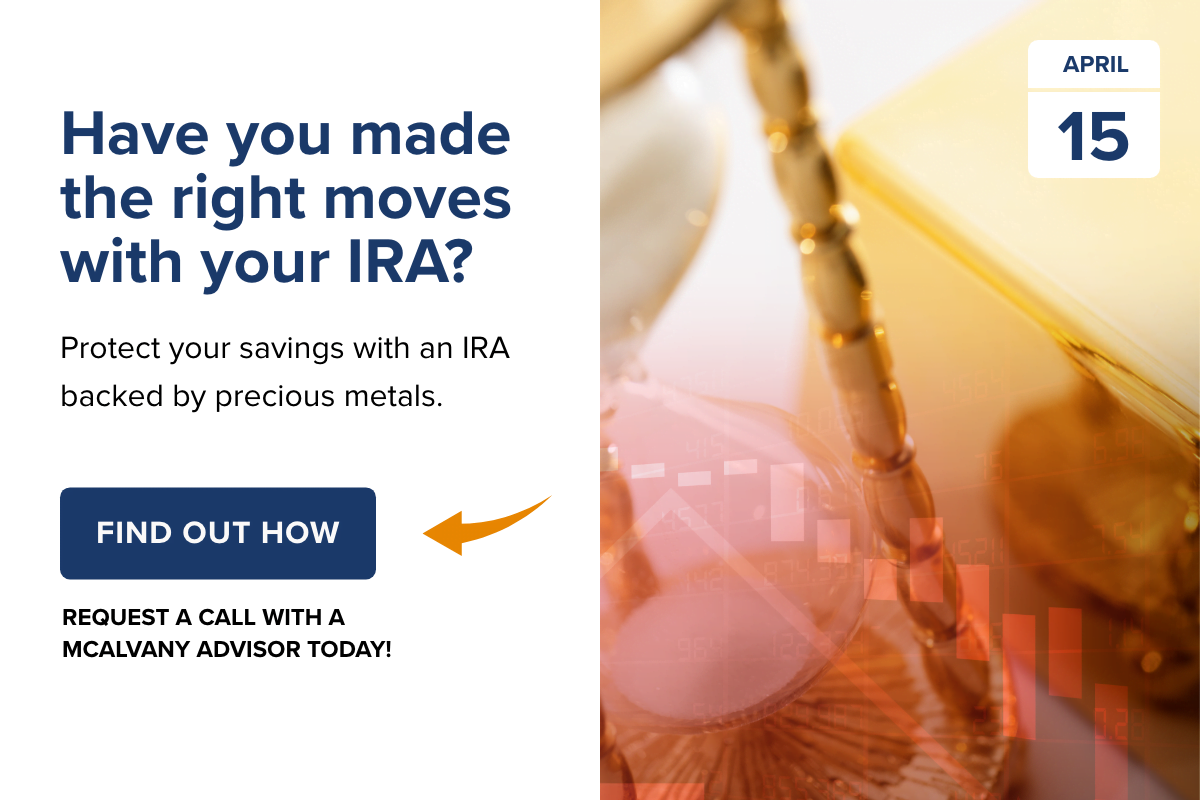U.S. employers boosted hiring in November and the unemployment rate dropped to a more than nine-year low of 4.6 percent, making it almost certain that the Federal Reserve will raise interest rates later this month.
Nonfarm payrolls increased by 178,000 jobs last month after increasing by 142,000 in October, the Labor Department said on Friday. The solid employment gains likely reflect growing confidence in the economy, which has been marked by rising consumer spending and inflation.
The unemployment rate fell three-tenths of a percentage point last month, hitting its lowest level since August 2007, because more people found work as well as dropped out of the labor force. The drop in unemployment occurred mostly among men.
“The decline in the unemployment rate and the unambiguous decrease in labor market slack are likely to place further upward pressure on inflation. This report easily clears the bar for a December rate hike,” said Michael Gapen, chief economist at Barclays in New York.
But wages fell for the first time in nearly a year after two straight months of solid increases. Economists partially blamed the drop in average hourly earnings on a calendar quirk, which they expect Fed officials will overlook at their Dec. 13-14 policy meeting. Wages are expected to rebound in December.
Average hourly earnings fell three cents, or 0.1 percent, after shooting up 0.4 percent in October and rising 0.3 percent in September. Average hourly earnings fell for workers in mining, manufacturing and utilities.
Last month’s drop lowered the year-on-year gain in wages to 2.5 percent in November from October’s 2.8 percent increase, which was the largest rise in nearly 7-1/2 years.
“This is likely to be a temporary setback, as further tightening in labor market conditions should increase competition for skilled labor and support stronger wage growth,” said Jim Baird, chief investment officer at Plante Moran Financial Advisors in Kalamazoo, Michigan.
Economists had forecast payrolls rising by 175,000 last month and the unemployment rate remaining unchanged at 4.9 percent.
A broad measure of unemployment that includes people who want to work but have given up searching and those working part-time because they cannot find full-time employment fell two-tenths of a percentage point to 9.3 percent, the lowest level since April 2008.
U.S. stocks were trading largely higher, while the dollar .DXY fell against a basket of currencies. Prices for U.S. government bonds rose.
BROAD GAINS
While a recent surge in U.S. government bond yields and a rally in the dollar in the wake of Donald Trump’s victory in the U.S. presidential election had tightened financial market conditions, economists said it was probably insufficient for the Fed to stand pat on rates this month.
The U.S. central bank raised its benchmark overnight interest rate last December for the first time in nearly a decade. Trump’s plan to increase infrastructure spending and slash taxes could encourage companies to boost hiring and spur an even faster pace of economic growth over the coming years.
Job gains have slowed from an average of 229,000 per month in 2015 to an average of 180,000 this year as the labor market nears full employment. Still, the monthly increases are more than enough to absorb new entrants into the labor market.
Fed Chair Janet Yellen has said the economy needs to create just under 100,000 jobs a month to keep up with growth in the working-age population.
“It is not that firms aren’t trying to hire, they just cannot find qualified workers at the wages they want to pay,” said Joel Naroff, chief economist at Naroff Economic Advisors in Holland, Pennsylvania.
The jobs report added to data on consumer spending, the housing market and manufacturing in suggesting the economy continued to gain momentum in the fourth quarter after output rose at its fastest pace in two years in the third quarter.
Even as wages fell last month, a proxy for take-home pay rose 3.9 percent in November from a year ago, which bodes well for consumer spending.
About 226,000 people dropped out of the labor force last month. As a result, the labor participation rate, or the share of working-age Americans who are employed or at least looking for a job, fell 0.1 percentage point to 62.7 percent.
The participation rate is near multi-decade lows, partly reflecting demographic change. Economists believe that the low participation rate is hindering faster wage growth.
Job gains last month were broad, though manufacturing shed another 4,000 jobs. Manufacturing payrolls have now dropped for four straight months. Construction employment increased by 19,000 jobs last month after rising by 14,000 in October.
The retail sector shed 8,300 jobs in November, which could reflect a shift toward online shopping that has forced department stores such as Macy’s Inc (M.N) to close several stores. Retail jobs have declined for two straight months.
Professional and business services payrolls increased by 63,000 last month. Healthcare and social assistance employment increased by 34,700. Temporary-help jobs, a harbinger for future hiring, rose by 14,300.
Government employment gained 22,000 jobs. There was a surge in local government hiring, which could have been driven by the Nov. 8 U.S. election.
Reuters: December 2, 2016





